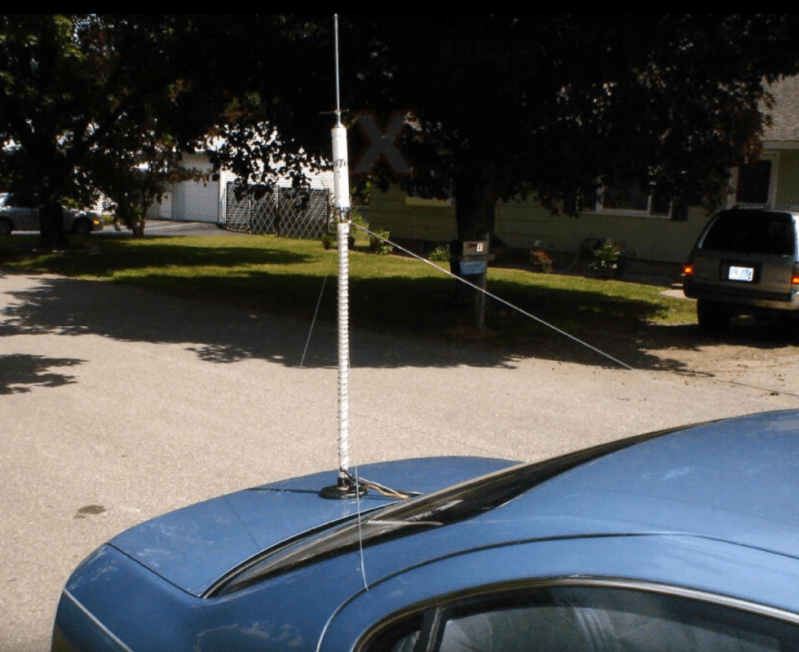The real action in the world of ham radio is generally in the high frequency bands. Despite the name, these are relatively low-frequency bands by modern standards and the antenna sizes can get a little extreme. After all, not everyone can put up an 80-meter dipole, but ham radio operators have come up with a number of interesting ways of getting on the air anyway. The only problem is that a lot of these antennas don’t seem as though they should work half as well as they do, and [MIKROWAVE1] takes a look back on some of the more exotic radiators.
He does note that for a new ham radio operator it’s best to keep it simple, beginning work with a dipole, but there are still a number of options to keep the size down. A few examples are given using helically-wound vertical antennas or antennas with tuned sections of coaxial cable. From there the more esoteric antennas are explored, such as underground antennas, complex loops and other ways of making a long wire fit in a small space, and even simpler designs like throwing a weight with a piece of wire attached out the window of an apartment building.
While antenna theory is certainly a good start for building antennas, a lot of the design of antennas strays into artistry and even folklore as various hams will have successes with certain types and others won’t. It’s not a one-size-fits-all situation so the important thing is to keep experimenting and try anything that comes to mind as long as it helps get on the air. A good starting point is [Dan Maloney]’s $50 Ham Guide series, and one piece specifically dealing with HF antennas.

















For some reason that photo makes the Trailer Park Boys theme pop into my head
Change.
You aren’t alone!
“Hey look! It’s Patrick Swayze and Raveen!”
I loved how far they went for the Swayze train joke…One season of setup.
If you grew up in one I can see why.
71′ nonresonant stealth sloper 15′ high end, 6′ low end over concrete parking area that has steel rebar. 9:1 unun, 50′ of coax, common mode choke at transceiver. No tuner needed 30 to 10 meter ham bands. Tuner used on 160 – 40 meter bands. SWR 1.8:1 or less on all HF bands including WARC bands. 100 watts SSB from California have worked Japan, Indonesia, Australia, Europe, Mediterranean, Africa, South America. Also get solid 59 signal reports on daily 80 & 40 meters West Coast SSB nets. Low cost and lots of fun an all bands! – K3MAH
Same here using a TS-480sat into a 62′ EFHW,9:1 and about 13 ft at the highest. Works most of Eastern US. 73 de W8BNL
I’m 10ft from a fantastic antenna location, and it’s completely out of reach. Instead I’m working a magnetic loop antenna for HF. It’s impact, as magloops are, but it’ll do for now. 10 watts and it can reach around the world. (Yes, I’m using FT8; no, I don’t care if you despise it.)
I am an apartment dweller…and I have few options at my disposal…my goto is my Alpha Loop. Absolutely love it. And same…FT8 is a hobby saver.
If you was raised in one I can see why .
Outback rural cattle fences. Just play with opening gates at different distances until you get one that works. Used it a bit back in the day for HF comms exercises to Europe in the army.
Underground antenna?….I thought height was might
Low frequencies are used to penetrate the ground during caving expeditions